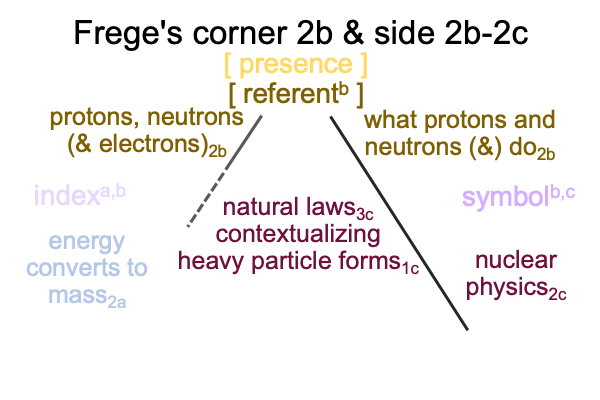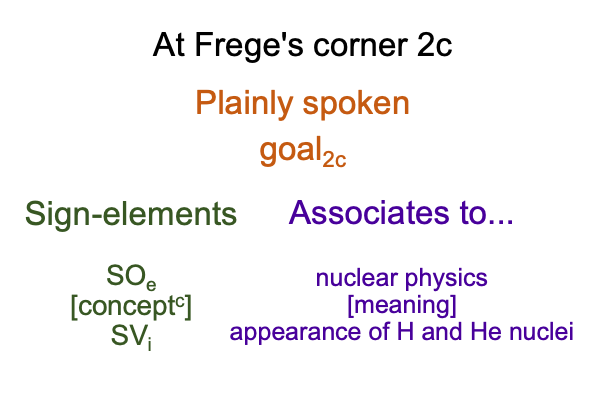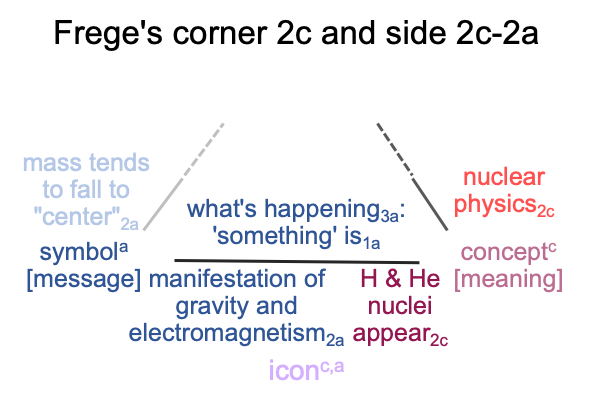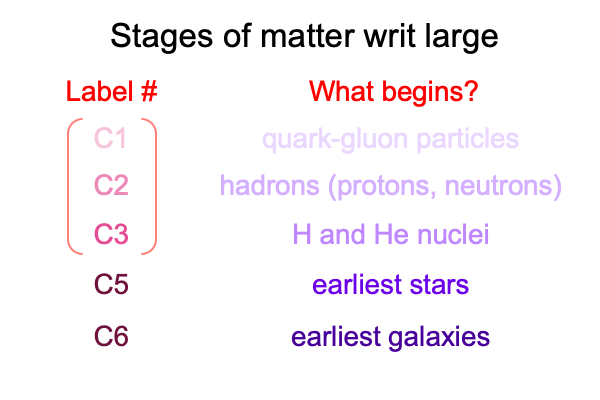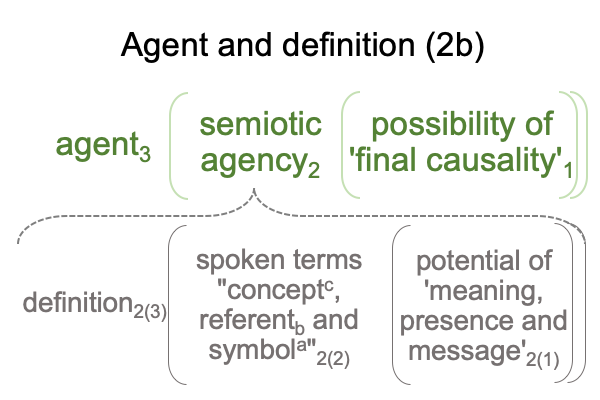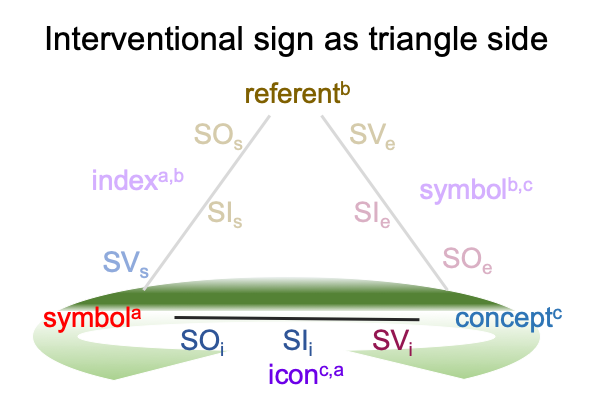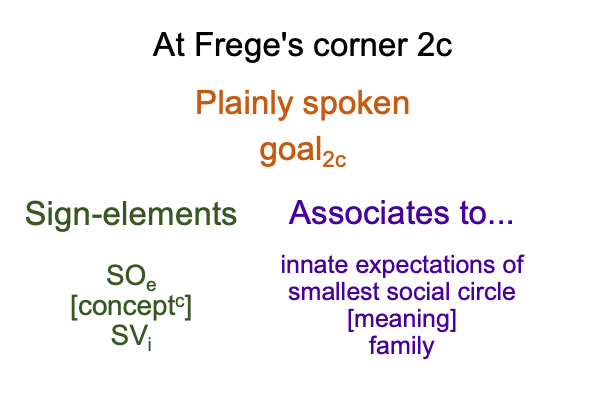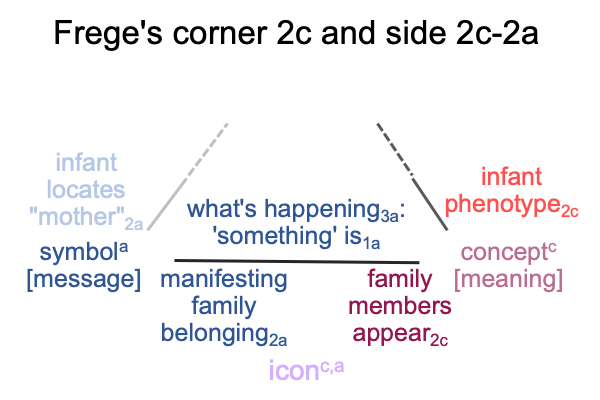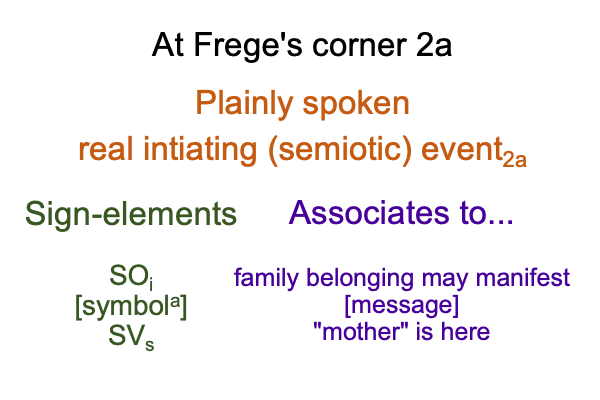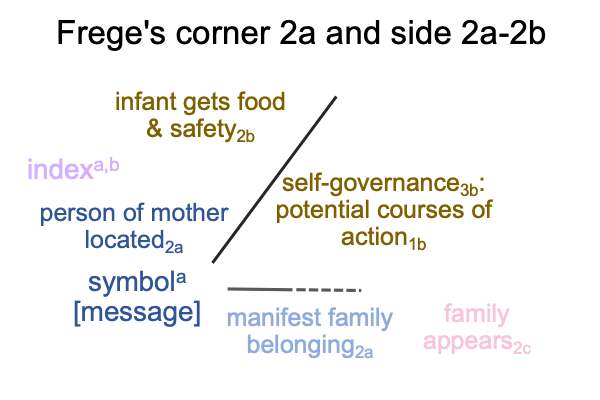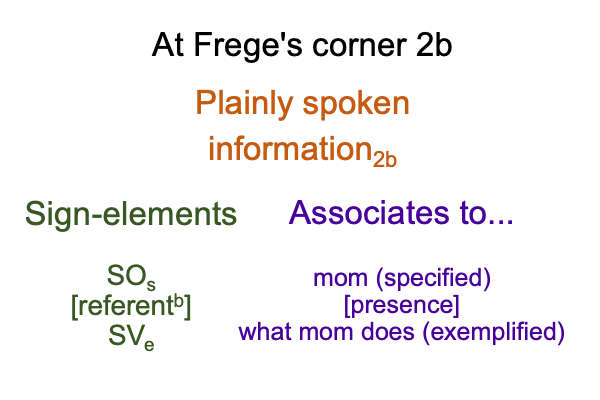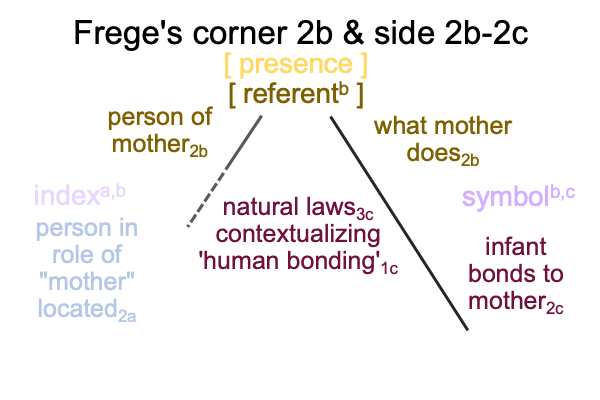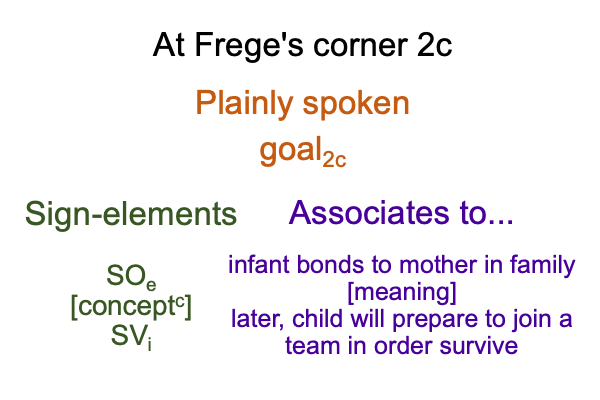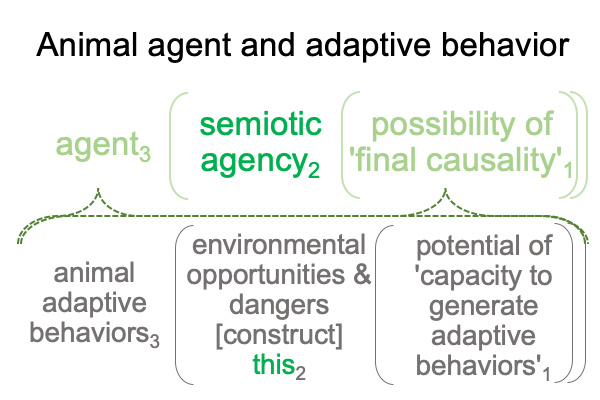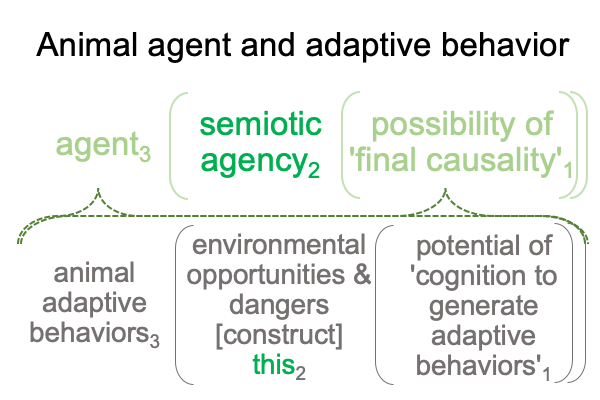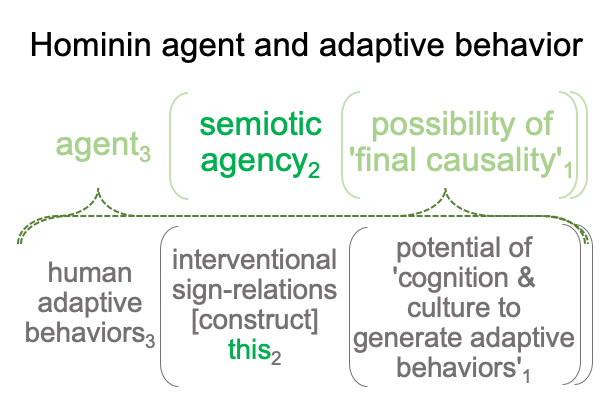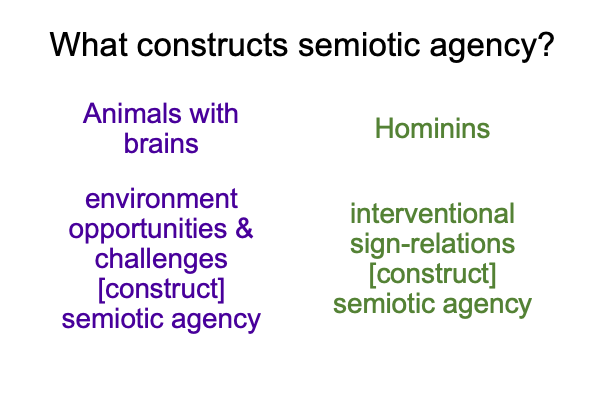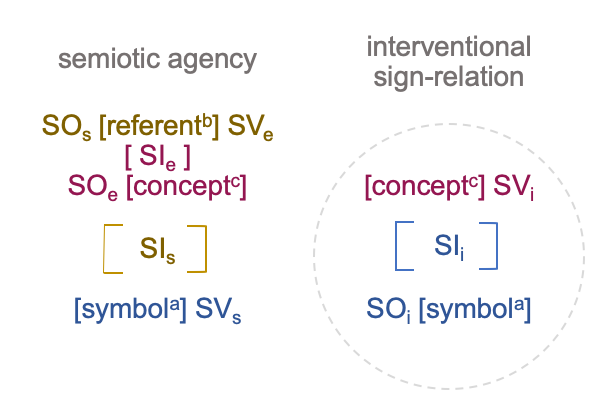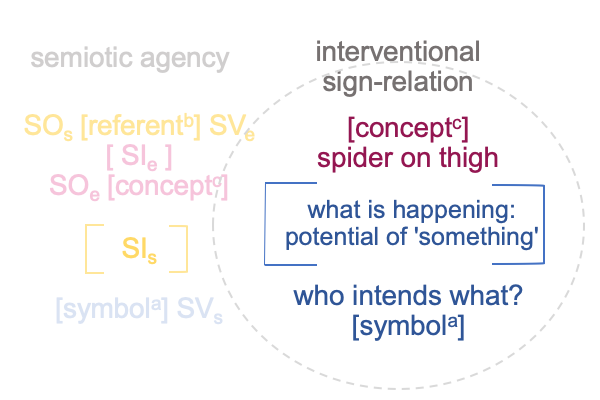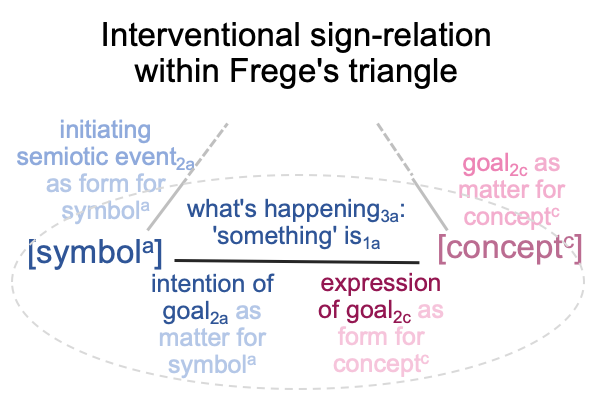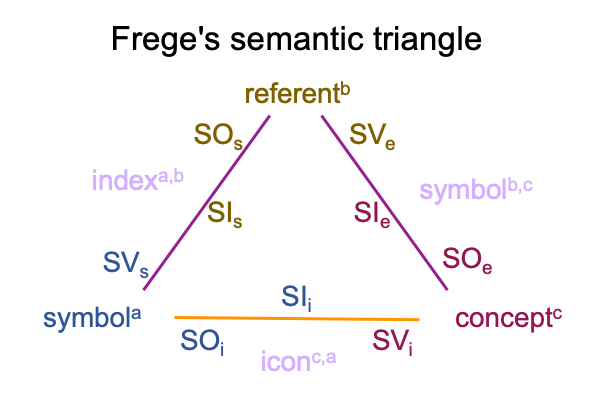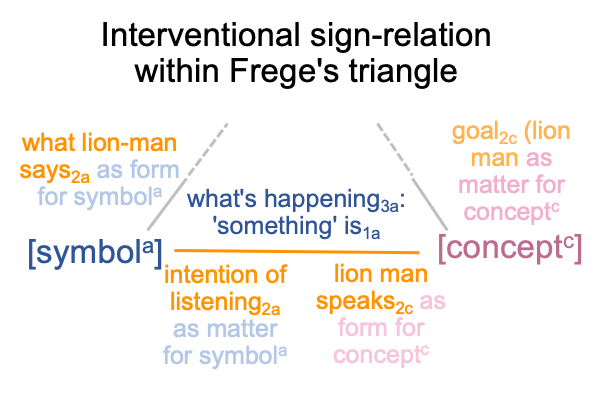Looking at George Mikhailovsky’s Chapter (2024) “Meanings, Their Hierarchy, and Evolution” (Part 7 of 9)
1120 After all, I now face Frege’s corner 2c.
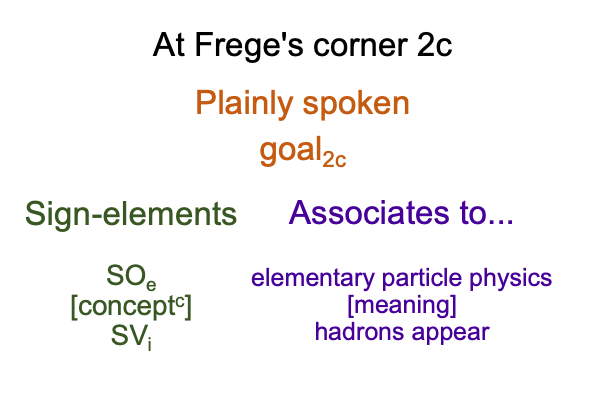
1121 Elementary particle physics (SOe) is like matter. Hadrons (SVi) appear like form. The contiguity between them is [meaning], which is like [substance].
With that said, the title of the book, Pathways to the Origin and Evolution of Meanings in the Universe (2024, edited by Alexei Sharov and George Mikhailovsky, the latter being the author of this article) can be reconfigured into the much less extravagant and more academic-sounding title, The Nature of the Exemplar Sign-Object and Its Contiguity with the Interventional Sign-Vehicle.
But, that would result in a completely different book altogether.
Just look at the expanse that this chapter covers.
1122 Rounding the corner 2c, I consider the interventional sign-relation for C2.
The appearance of hadrons2c (SVi) stands for the strong force interactions2a (SOi) in regards to what is happening3aoperating on the potential that a hadron-binding strong force may happen1a (SIi).
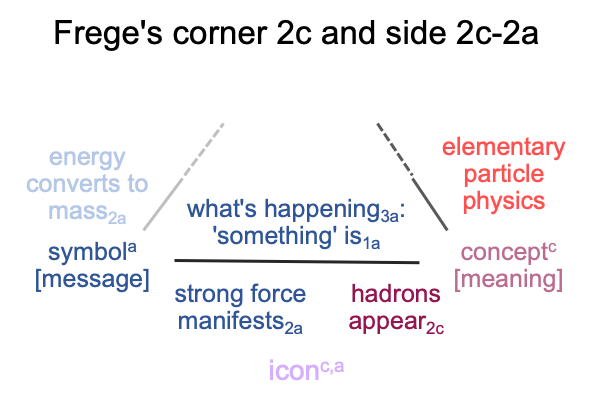
1123 This raises the difficulty posed earlier. The strong force manifesting2a is a sign-object based on images and similarities. The interventional sign-relation is an icon. Whether strong-force interaction is the proper image, the “correct” image, so to speak, depends on the content normal context3a and potential1a, which do not even appear in the purely relational structure of semiotic agency. They belong to the interventional sign-relation.
In the first part of the chapter (section 6.1), the author emphasizes that one conceptc can connect to a variety of symbolas and a symbola can correspond to a number of referentbs and more than one referentb may go into a conceptc. I feel that I am running into that multiplicity here, on the second spiral, C2, after the spiral for the Big Bang, C1.
At Frege’s corner 2a, I get the impression that I face a system of differences, where symbola is a substance for one SOiand more than one SVs.
1124 Here is my guess.
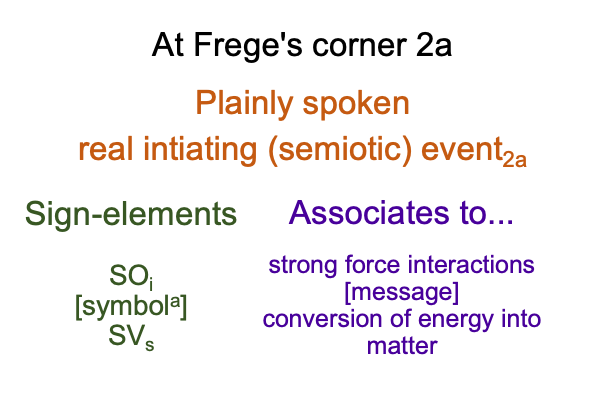
1125 After symbola, the specifying sign-relation follows.
Energy conversion to mass2a (SVs) stands for (in a specifying manner) protons and neutrons (the most notable hadrons, SOs) in regards to the self-governance of energy at very high temperatures3b operating on potential courses of natural action1b (SIs).
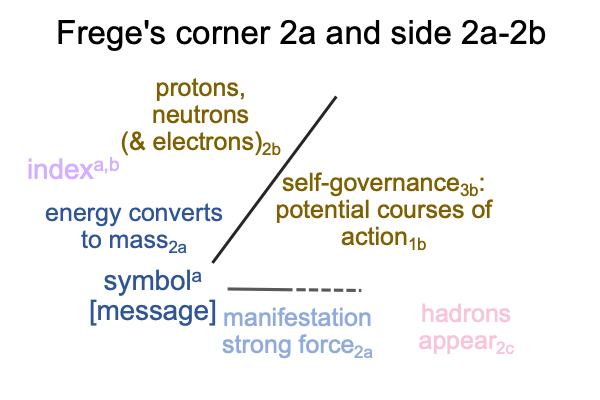
1126 Does that work for Frege’s triangle?
1127 Hadrons appear as the SVi and they manifest the strong force as SOi. But, what is the message?
The message has to do with a semiotics of energy converting into mass in the early universe (yes, the time now is much later, at around 10-13 seconds). This conversion (SVs) stands for the types of hadrons that we commonly encounter: protons and neutrons, plus more (SOs). The typology is complex, because electrons, which have so little mass that they are charged waves, must be in the mix.
I wonder whether models of self-governance (SIs) within hadrons is fully appreciated.
I imagine that the potential courses of action (SIs) are modeled from particle collision experiments.
But, this story-line is outside my expertise.
1128 Here is my take for Frege’s corner 2b.
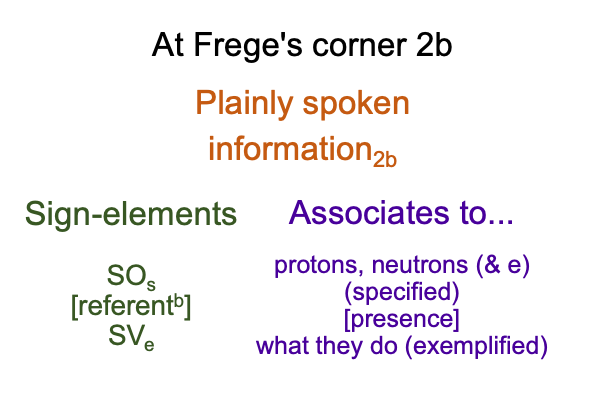
Yes, I am starting to appreciate that the potential meanings of inanimate things are the things themselves.
The specification of protons and neutrons (and electrons and other hadron-related manifestations) is like matter. The exemplification of what they do is like form. The contiguity between them is [referentb] for Frege and [presence] for Peirce.
1129 At this moment, I notice that Frege’s [referentb] reminds me of a scientific model overlaying its noumenon and Peirce’s [presence] give me the impression of the thing itself, as what it is [presence] what it does.

